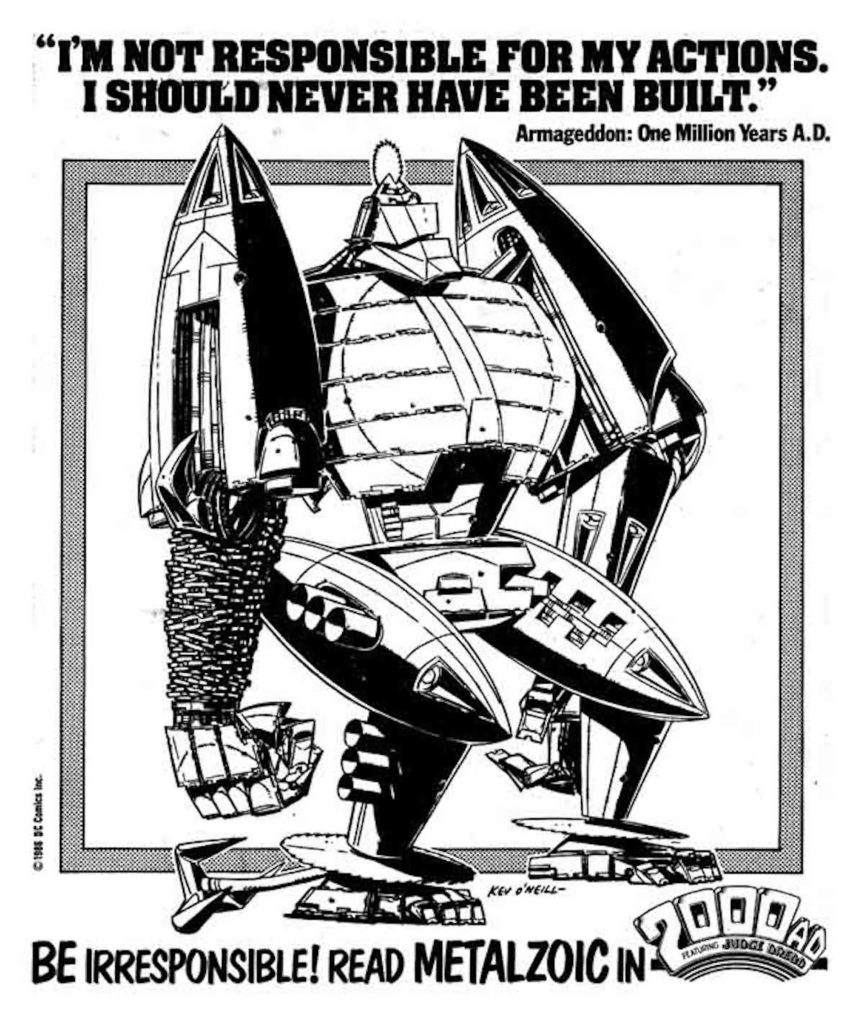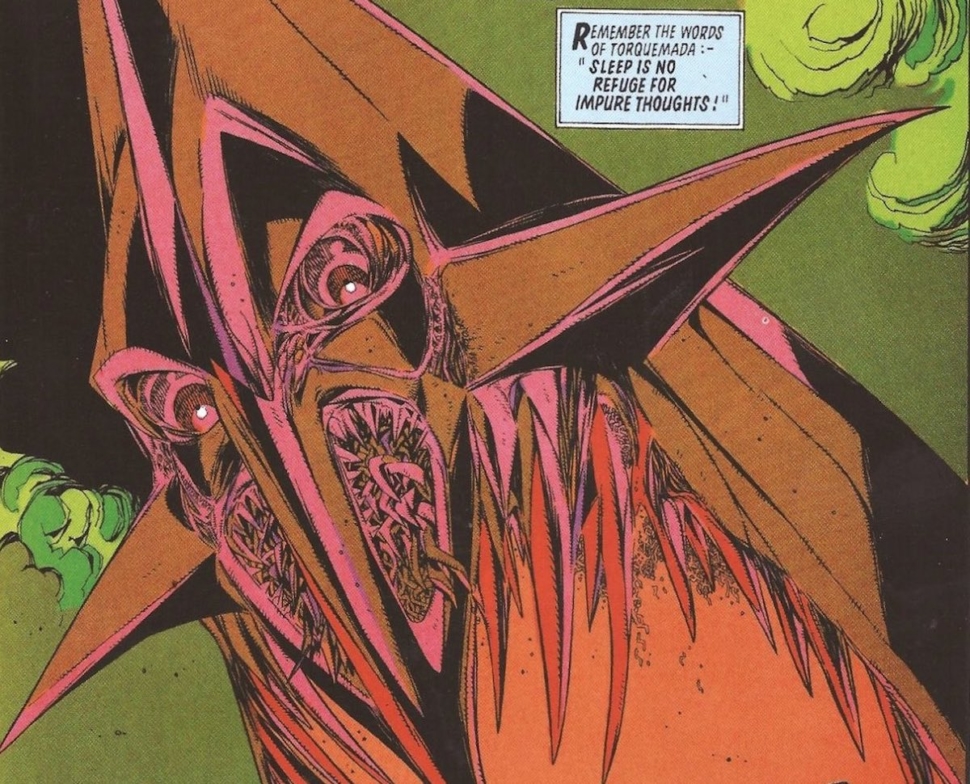I’ve been trying to write this post for days. I guess you could say that the news that Kevin O’Neill had died hit me harder than I would have expected.
I knew that I’d want to write something in remembrance of him and his work, but every time I’ve sat down to do so the words just fail to come. In my defense, how do you sum up your feelings of someone who shaped how you view comics overall? I know what’s expected of an obituary, sure, but just laying out the facts of his career and what he did and when he did it felt near-insulting. What was important to me about Kevin O’Neill had nothing to do with that kind of dry fact-checking. So I guess I’ll write this piece instead.
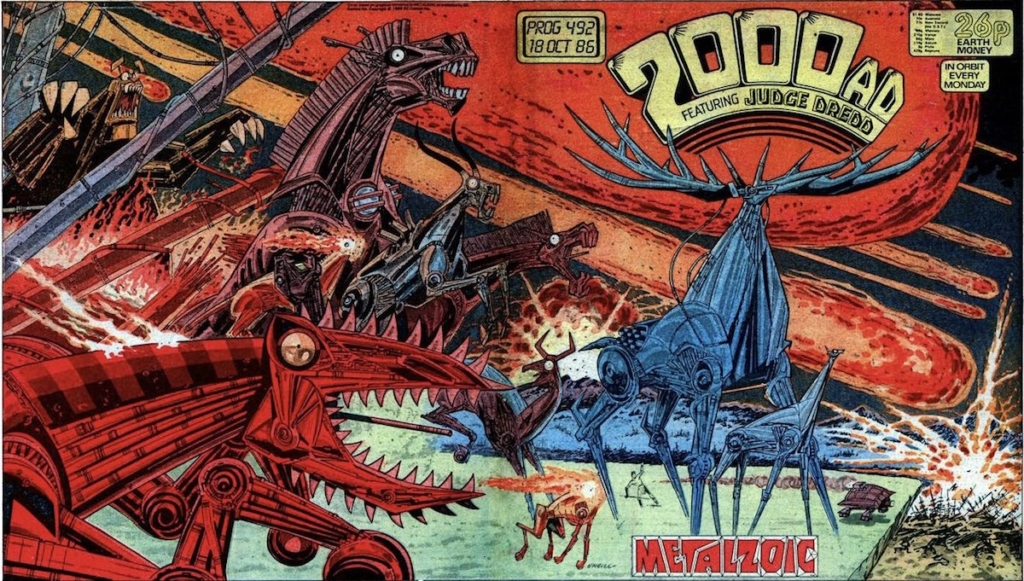
The facts are these, though: Kevin O’Neill was born August 22, 1953, and got into the comics industry remarkably early – he was working in the offices of British publisher IPC by the time he was 16, helping out on humor titles like Buster, Monster Fun, and Whizzer and Chips. This is, surprisingly, the kind of thing many people overlook when talking about O’Neill, but you can see how it worked its way into his DNA by all the graffiti and in-jokes in his later work; even at his most serious, he was a humor cartoonist all the way to the end. It wasn’t until 1977 when he got his big break, though, working on the launch of 2000 AD – a title that would offer him the chance to fully show off what he could do to the world.
O’Neill’s art is on the cover of the very first issue of 2000 AD, if you know where to look. He drew the tiny Tharg head hidden behind the free gift taped to the comic. “Enjoy your Space Spinner, Earthlet!” he says, looking very serious. I’d even argue that it’s the most 2000 AD thing about that entire issue, in retrospect. In spirit, however, he was present throughout the first few years of the comic, whether in short comedy strips he contributed – Captain Klep, Bonjo from Beyond the Stars to name a few– or his work as unofficial art retoucher and “bodger” on the series as it found its voice. So much of that voice as we know it now comes from O’Neill himself, who also managed to break from tradition with the comic and revolutionize the British comics industry in the process by sneaking writer and artist credits in at the start of each strip. So much of the joy of early 2000 AD – and so much of the later British talent we know famously now from the “British Invasion” and beyond – is due, directly or otherwise, to O’Neill.
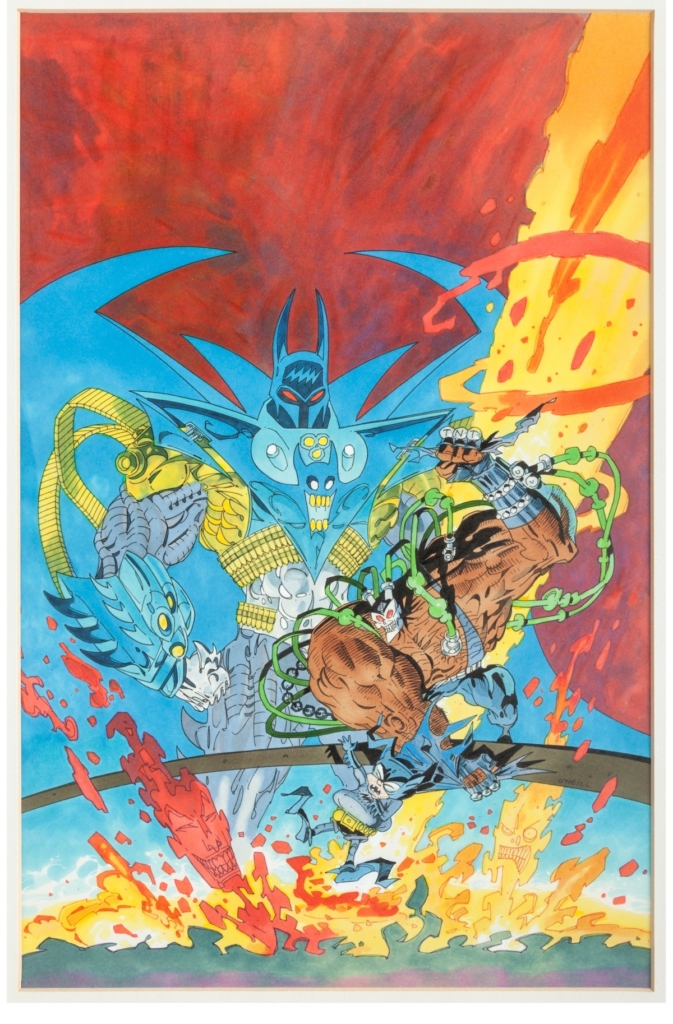
From there, he went to the US…because that’s what British creators did in the 1980s. There he was met with much more resistance, of course, with no less than the Comics Code Authority declaring that his artwork was so inherently corrupt and disgraceful that it could never be published in a comic with a CCA seal of approval on the cover. Publishers like DC and Marvel went along with that ruling, and simply didn’t attach a Comics Code seal on issues that he worked on, in an increasingly rare but welcome moment of editorial backbone.
There he worked on Green Lantern and Omega Men, on Batman and even Lobo, but O’Neill’s interests remained with his old friends, and his best work is, for my money, during this middle period was with his 2000 AD collaborator, Pat Mills. The two went from Nemesis the Warlock to the graphic novel Metalzoic at DC, and then Marshal Law at Marvel’s Epic imprint – a series so successful that it was made the anchor of one of my current comic obsessions, the failed 2000 AD competitor, Toxic. As over the top and intentionally grotesque as O’Neill’s designs and art for both Marshal Law and Toxic were, they couldn’t convince enough readers to pick the book up, and Toxic folded in less than a year.
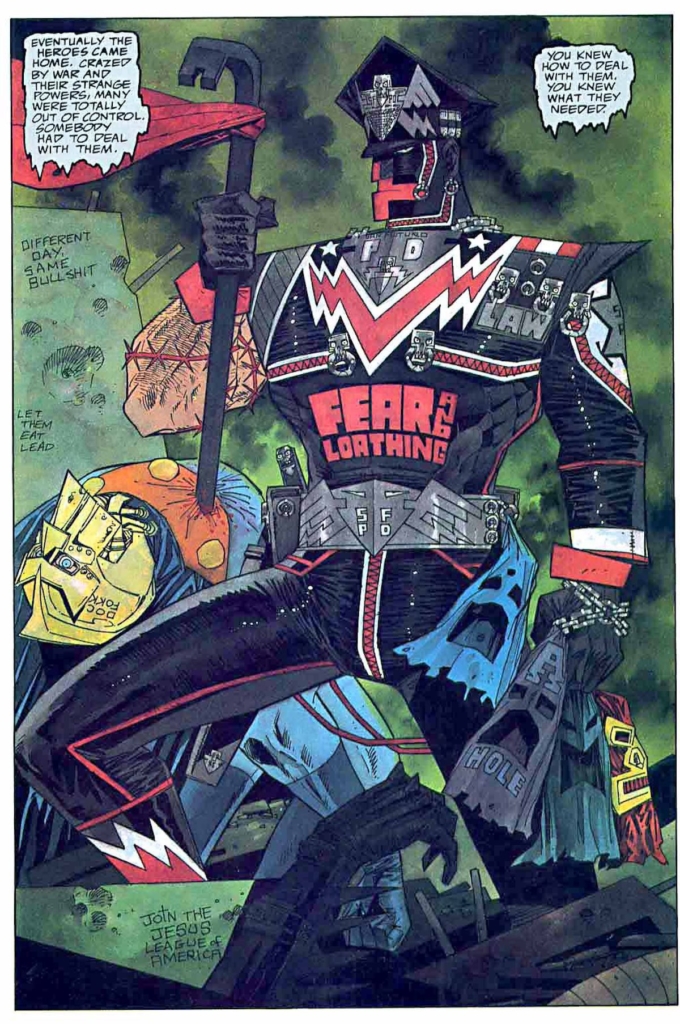
Seemingly unphased by this, he went to little-remembered indie Blackball Comics to write and draw his own character, John Pain, and then joined up with a fellow 2000 AD veteran for the work that would take up the majority of the late period of his career: Alan Moore’s League of Extraordinary Gentlemen, which would run off-and-on from 1999 through 2019. Even when the two weren’t working together on that, they’d cause trouble on the short-lived Dodgem Logic anthology, or their forgotten collaboration, Cinema Purgatorio. Just weeks before his death, his latest project had been announced: a revival for 2000 AD of his comedy strip, Bonjo from Beyond the Stars, this time written by Garth Ennis. Like I said, O’Neill was a humorous cartoonist at heart.
This is the part that really hit home when I managed to discover O’Neill’s work — the comedy timing and refusal to take anything too seriously. For all that many of the comics he touched were dystopian, fantastical, and even occasionally macabre, there’s a busy nature to his storytelling that keeps the story wild. He would not be boxed into an expectation of what a genre or title expects of him. After all, what is rebellion if not the ability to make a good joke when we least expect it? O’Neill certainly had a gift for that and, in general, just being punk as fuck in the most traditional sense I can imagine. It’s this sort of spirit that spills over plentifully into so many other places in comics, and is a presence on the page that sticks around more than any singular particular piece of work — even if I could drone on for days and days about just how exquisite and aggressive and frenetic and precise Nemesis is as a body of work.
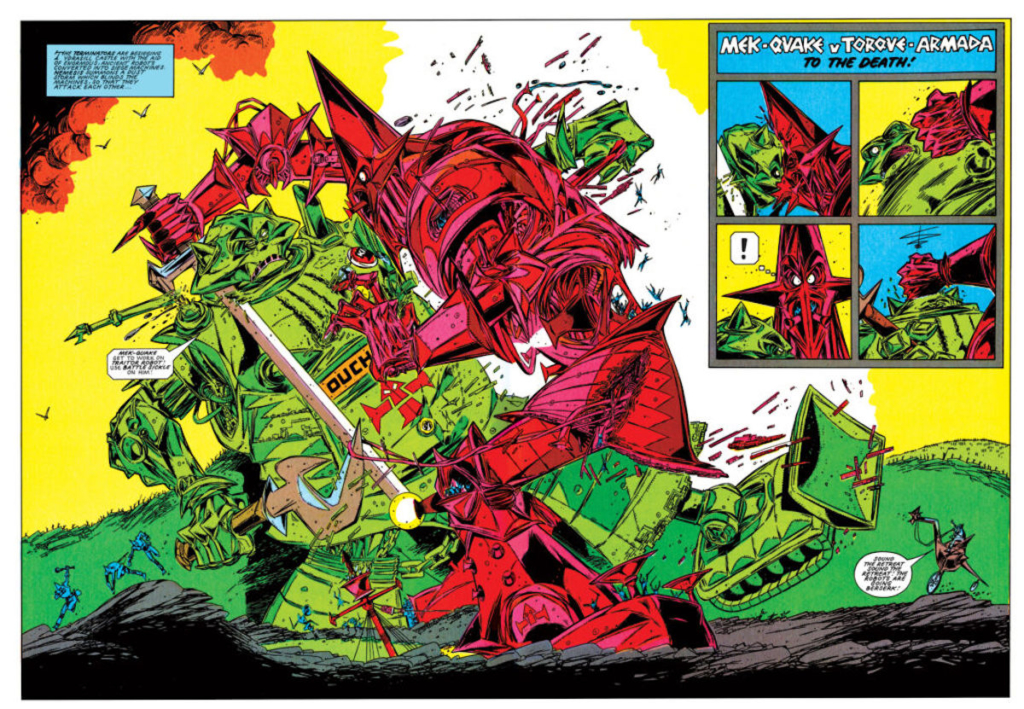
There’s no singular inspiration that I can really name when it comes to the mark O’Neill left on my relationship with comics, but there is a broad sense of curiosity inherent to his work that is something I have held onto for a long time. How to push something beyond what we’d expect. How to open doors to new worlds and new ways of making comics. How to add a little bit more and pack with excess without ever overindulging or cluttering. How find the kind of creative energy you want to be, and then being that, regardless of what any code might say otherwise. How to push back and get mad about the right things while never forgetting how to laugh at yourself and be kind and humane. How to be a wonderfully troublesome force that is immense and busy and loud and helpful and and and…
So maybe that’s why it’s so hard facing the idea that he’s gone, and why it’s taken me six tries to write this post. Even more than his relatively young age, O’Neill seemed perpetually like a kid at heart — filled with energy and fight and ideas that he was so willing and talented in passing on to all of those who saw him and his work. It feels impossibly hard to imagine that spirit not here with us still, causing chaos and making things beautiful.
